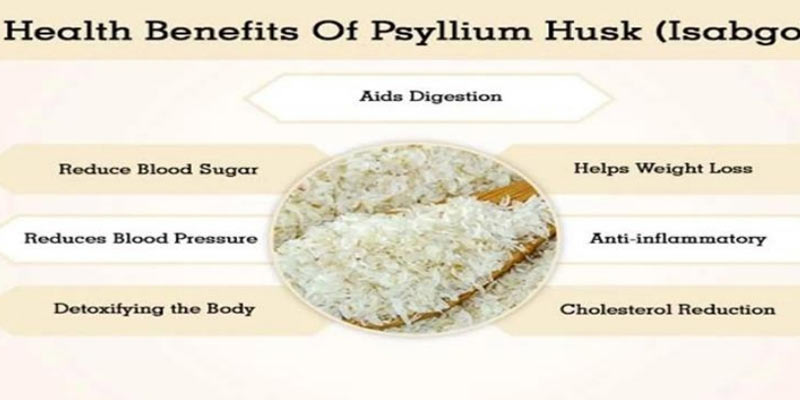Do you suffer from lower back spasms? If so, you know how painful and debilitating these can be. But did you know that understanding the causes of lower back spasms and what kind of treatment will work best for them can help reduce your pain and improve your mobility?
In this blog post, we'll take an in-depth look at the common causes of lower back spasms and discuss a range of treatments that may help alleviate your discomfort. So, keep reading to gain control over those nasty spasms.
Types of Lower Back Spasms
Lower back spasms can be classified as either acute or chronic. Acute spasms are sudden and short-term, usually caused by a specific event like an injury. Chronic spasms are more persistent and occur over time due to degenerative conditions like arthritis or discs damaged from years of wear and tear.
Understanding the type of lower back spasm you are dealing with is important to get the best treatment. Acute spasms generally respond well to rest, ice, and over-the-counter pain medications like ibuprofen or acetaminophen. Chronic spasms may require more aggressive treatment, such as physical therapy, chiropractic care, or surgery.
Diagnosing Lower Back Spasms

Your doctor can help you determine the type of spasm and its cause by taking a detailed medical history, performing an exam, and possibly ordering imaging studies such as an X-ray or MRI. Knowing the root cause is essential to effective treatment and preventing future episodes.
Treating Lower Back Spasms
Treatment aims to reduce pain and inflammation, increase mobility, and prevent future episodes. Depending on the cause, treatments may include rest, physical therapy, chiropractic care, ultrasound or electrical stimulation therapy, acupuncture, medications such as anti-inflammatories or muscle relaxants, steroid injections, and surgery. Your doctor can help you determine the best course of treatment for your condition.
It is important to remember that lower back spasms are not life-threatening but can be painful and debilitating. With the right diagnosis and treatment plan, you can find relief from pain and regain mobility in your lower back. Contact your doctor to discuss the best treatment options if you have persistent lower back spasms.
Overall, understanding and treating lower back spasms involves determining the type of spasm and its cause and a plan to reduce pain and inflammation while increasing mobility. You can find relief and regain mobility with the right diagnosis and treatment plan. Contact your doctor if you are having persistent lower back spasms.
How to Manage and Prevent Lower Back Spasms
Lower back spasms can be painful and disruptive to your daily life. However, the good news is that you can do a few things to manage pain associated with lower back spasms while preventing them from occurring in the future.
The first step in managing lower back spasms is understanding what causes them and how to recognize the warning signs. Lower back spasms occur when the muscles in your lower back become too tight or weak, often due to overuse or injury. You may experience sharp pain or stiffness in the lower back due to these spasms.
Once you've identified that you're having a lower back spasm, it's important to take care of it immediately. Applying ice or heat, taking over-the-counter pain medication, and stretching can help manage the pain associated with lower back spasms in the short term.
To prevent future lower back spasms, it is recommended that you maintain a regular exercise routine and strengthen your core muscles. Additionally, often stretching, maintaining proper posture, and taking frequent breaks from sitting or standing for extended periods are all important for preventing lower back spasms in the future.
It's also important to talk to your doctor if you experience chronic or severe lower back spasms, as they may require more advanced treatment. An experienced healthcare professional can help you create a plan that best suits your needs.
Common Misconceptions About Lower Back Spasms

Lower back spasms are a common and painful symptom of many conditions, yet they remain misunderstood by many people. Misconceptions often lead to ineffective treatments or medications that may be inappropriate for the underlying cause. Understanding the causes of lower back spasms is important to treat them effectively.
One common misconception is that a muscle strain or injury always causes lower back spasms. While an injury can certainly be the cause of a lower back spasm, many other conditions can also lead to this painful condition.
Lower back spasms may occur due to medical conditions such as degenerative disc disease, spinal stenosis, herniated disc, osteoarthritis, or even an infection. Stress and tension can also lead to lower back spasms due to the muscles tightening up in response to emotional strain. Understanding any underlying causes of the spasms is important to develop the right treatment plan.
FAQs
How do I get my lower back to stop spasming?
Coordinate with your healthcare provider to develop the best treatment plan for you. Applying ice or heat, taking over-the-counter pain medication, and stretching can help manage the pain associated with lower back spasms.
Are there any exercises I should avoid if I have lower back spasms?
It is important to consult with your doctor before starting an exercise routine, as certain movements may worsen the symptoms of lower back spasms. Generally speaking, it is recommended to avoid repetitive motions that increase tension in the spinal column, such as deadlifts or sit-ups, and instead focus on low-impact exercises, such as walking, swimming, or yoga.
What deficiency causes back spasms?
VIT D deficiency has been linked to increased back spasms. People with copper deficiency may experience muscle twitching, pain, and cramping, leading to lower back spasms. To ensure that your body is getting the right amount of copper, it's recommended to take a multivitamin or eat foods that are rich in copper, such as nuts, beans, lentils, fish, and shellfish.
Conclusion
Lower back spasms can be a debilitating issue. However, it is important to understand that they don't always have serious underlying causes. By understanding what causes these spasms and how to treat them, you can avoid unnecessary treatments and long-term damage to your spine and muscles. At the very least, regular exercise, stretching, and strengthening of the lower back muscles can help manage and reduce the likelihood of further spasms.




